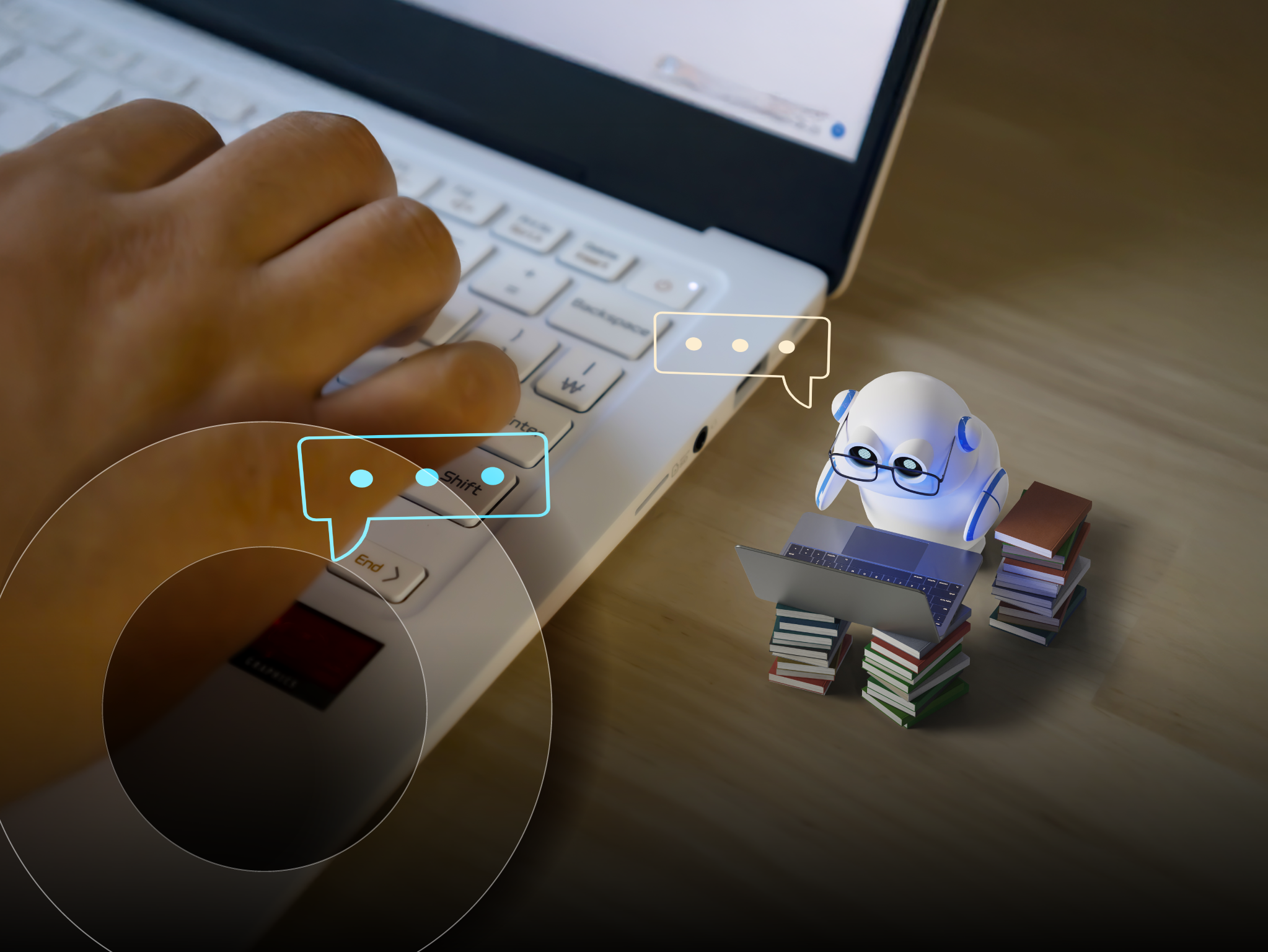How XLA solutions help you more effectively meet user needs:
With an Experience Level Agreement in place, your organization can proactively address end-user issues, sometimes before employees even feel the impact.

Congratulations! You and your users have successfully transitioned to hybrid and remote work. Now begins the challenge of keeping your teams satisfied and productive in this new way of working. Digital workplace satisfaction isn’t as rudimentary as free pizza and coffee. Your hybrid users need your organization’s full support to acknowledge and amend any obstacles obstructing their productivity. Cue Experience Level Agreements (XLAs).
XLAs are like “contracts” between your organization and its end users, promising a quality digital end-user experience (DEX) across all aspects of your users’ services (device performance, network performance, application performance, etc.). Should issues arise with an XLA in place, your organization can have the monitoring capabilities to proactively identify the root cause(s) and provide a solution.
Unlike traditional Service Level Agreements (SLAs), XLAs don’t fixate on how many user issues are resolved within a target timeline. Rather, XLAs are about how happy users are with the quality and timing of the support they receive.
Your employees deserve reliable, high-functioning services that avoid interruptions. When you have an XLA backed by modern DEX management tools, you can proactively resolve issues with automated procedures while gathering actionable data on device performance and service functionality. This ability to predict and mitigate obstructions enables your helpdesk to gain insight into the root causes and impacts of issues, so you can prevent them from recurring.
XLAs in action
Before the shift to digital workplaces, employees had a well-trodden, three-step method to solving their application problems:
- Restart their device. If the problem isn’t resolved,
- Get annoyed and ask teammates if they have the same problem. If they can’t suggest a fix,
- Call or walk over to the helpdesk.
Today, many employees work from home; while application issues are just as frustrating at home as they are in the office, these remote workers are much less likely to reach out to their peers when something goes wrong. And if they think they’re the only one experiencing an issue, they may not take the time to ask helpdesk for assistance. Their productivity will plummet and their frustration will persist.
Proactive issue resolution
What if IT can know about an issue without a phone call or ticket being opened? Better yet, what if IT can proactively know how widespread or isolated an incident is? With an XLA in place, problems are researched and isolated, and a fix is distributed to everyone. Remote employees log in the next morning and continue working with no more frustrating delays.
With one solution, your organization can:
- Address frustrations and reduce user stress
- Fix problems for entire teams, some even before they’re noticed or made impact
- Lessen the burden on helpdesk by alleviating calls before they’re made
- Give IT valuable data and insight into how their system is working
Enhance the experience, reduce the burden
Whether an issue lies in the data center, network, or at the endpoint, proactive responses enhance your organization’s DEX while reducing helpdesk’s burden of responding one-by-one to every employee asking for help.
This shift from reactive SLAs to proactive XLAs gives IT teams unprecedented insight into how devices are functioning and performing for users.
The three E’s of remote work satisfaction
Remote employees are bound to run into issues and disruptions over the course of their workday. With an XLA, your organization can ensure your solutions follow the three E’s of remote work satisfaction: efficiency, effectiveness, and ease.
Efficiency
When issues occur, your employees depend on your organization’s ability to efficiently identify what happened and to provide a solution. In a hybrid environment, one-size-fits-all methods waste precious time, forcing every user to attempt a solution that will only work for a fraction of those affected. XLAs enable IT teams to create process flows that quickly and procedurally address issues on a user-by-user basis, with solution protocols in place depending on how many users and what kinds of devices are affected.
To efficiently address common issues for individual users, IT teams can also enable self-service for employees’ devices. For example, if your DEX management tool detects a user’s hard drive is spinning too much and is at 90% usage, an automated script can generate an alert, raising user awareness and suggesting a solution.
Effectiveness
In a hybrid work environment, an employee’s perception is their reality. If, for example, the network says a remote user’s device is running fine, but their network connection continually drops, they’re left alone to figure out if the problem is with the device, their ISP, or the company network. An employee’s entire day could be lost trying to troubleshoot this problem on their own.
When your organization resolves user issues effectively, your users can continue to work effectively. XLAs give you the tools you need to instill confidence in your remote workers, assuring them that when problems arise, they can rely on your organization to provide the right solution the first time around.
Ease
For remote workers, setting up and maintaining at-home workflows should be quick and painless. If a new employee starts a job and is issued a device but can’t connect to the network or access applications for two days, they’ll grow frustrated, especially if they’re dealing with a bogged-down helpdesk fixing the same issue for 10 people, one at a time.
With an XLA backed by modern DEX management tools, you can combine insights with helpdesk data and address widespread issues after the first call. IT teams can issue proactive alerts to your most vulnerable workers. If data indicates multiple users have already been impacted, teams can simultaneously send out solutions to all potentially affected users.
Build quality user experiences with SHI
An XLA isn’t a simple proverbial handshake between your organization and its employees. It’s an assurance of quality service delivery, leveraging tools and policies to proactively and automatically respond to end-user issues.
If you’re just starting your XLA journey, building and managing your DEX toolset can be daunting. Luckily, SHI’s DEX solutions help you deploy, learn, and manage the tools you need to guarantee stellar user services.
With our guidance, you can easily prioritize and define your ideal digital employee experience. We help you monitor and optimize your services to achieve and maintain your ideal state. When you leverage SHI’s DEX solutions, we help you:
- Configure your DEX toolset and set up your DEX score
- Create a dashboard to monitor performance and customize your responses
- Easily integrate third-party applications
- Train IT staff on DEX toolset use
- And more
XLAs backed by efficient DEX tools help your organization deliver the quality services your employees deserve and empower them to stay productive in the digital workplace. And with SHI’s DEX solutions, you don’t have to exhaust your internal resources to make this happen.
Ready to solve what’s next for your employee experience? Contact SHI’s digital workplace experts to start your XLA journey.




